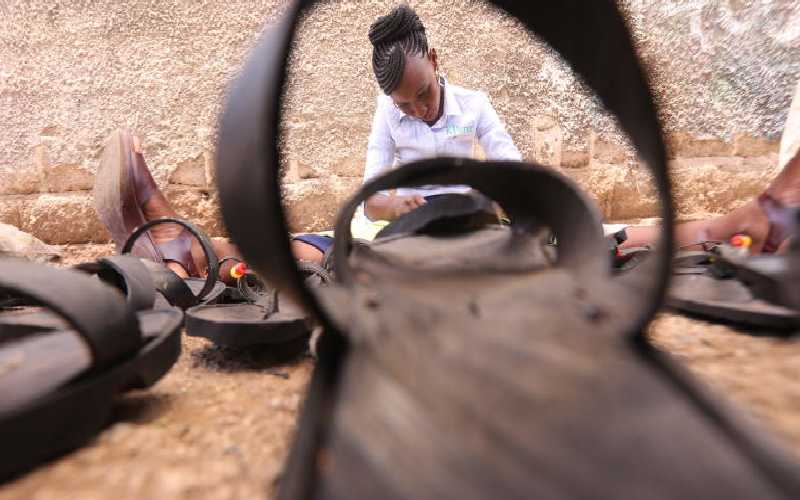×
The Standard e-Paper
Home To Bold Columnists

A majority of young Kenyans leaving institutions of higher learning are pushed into the informal sector due to limited formal jobs. [Collins Oduor, Standard]
Kenya cannot account for 2.3 million of its youth who, as of last December, consisted of a ‘lost generation’ that was neither working nor in any form of education or training.